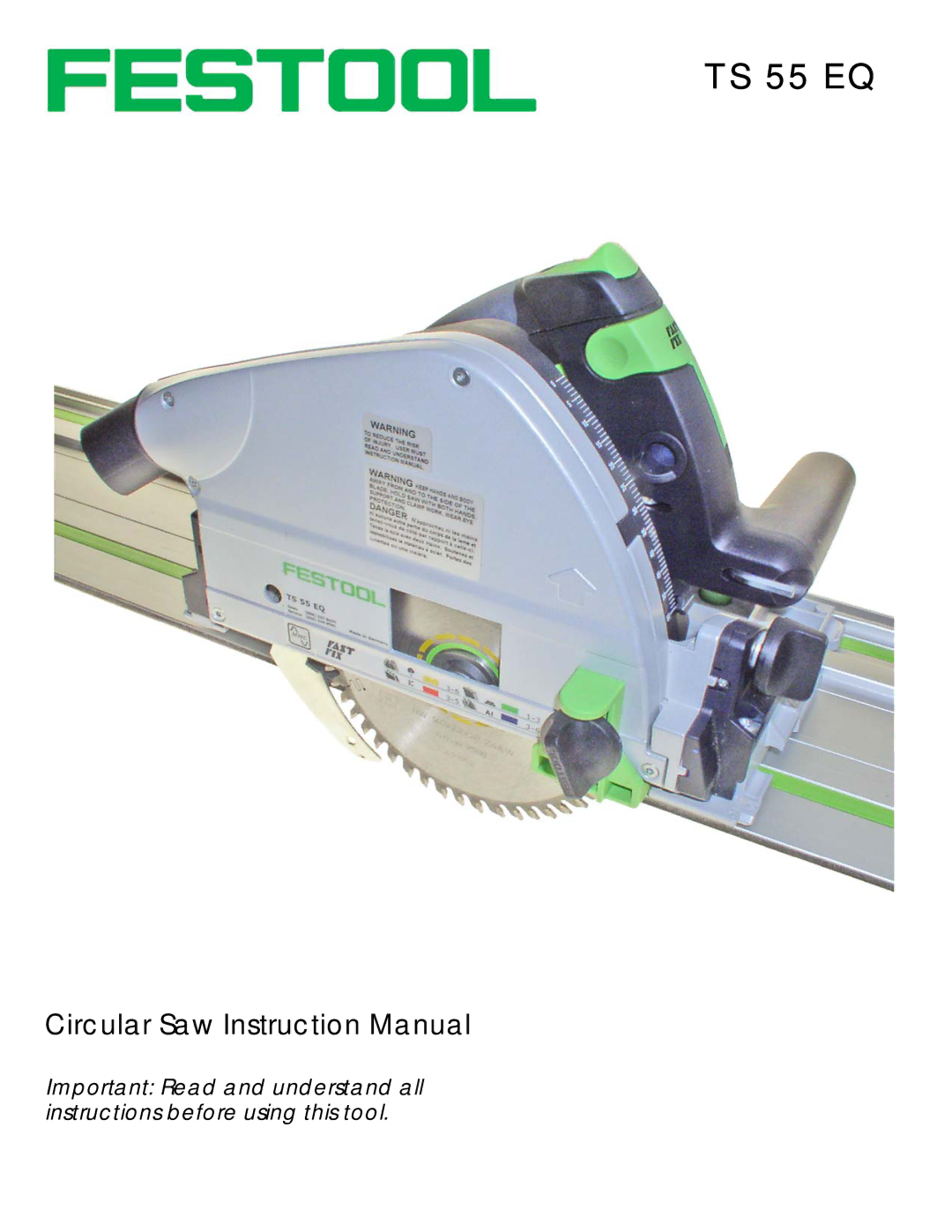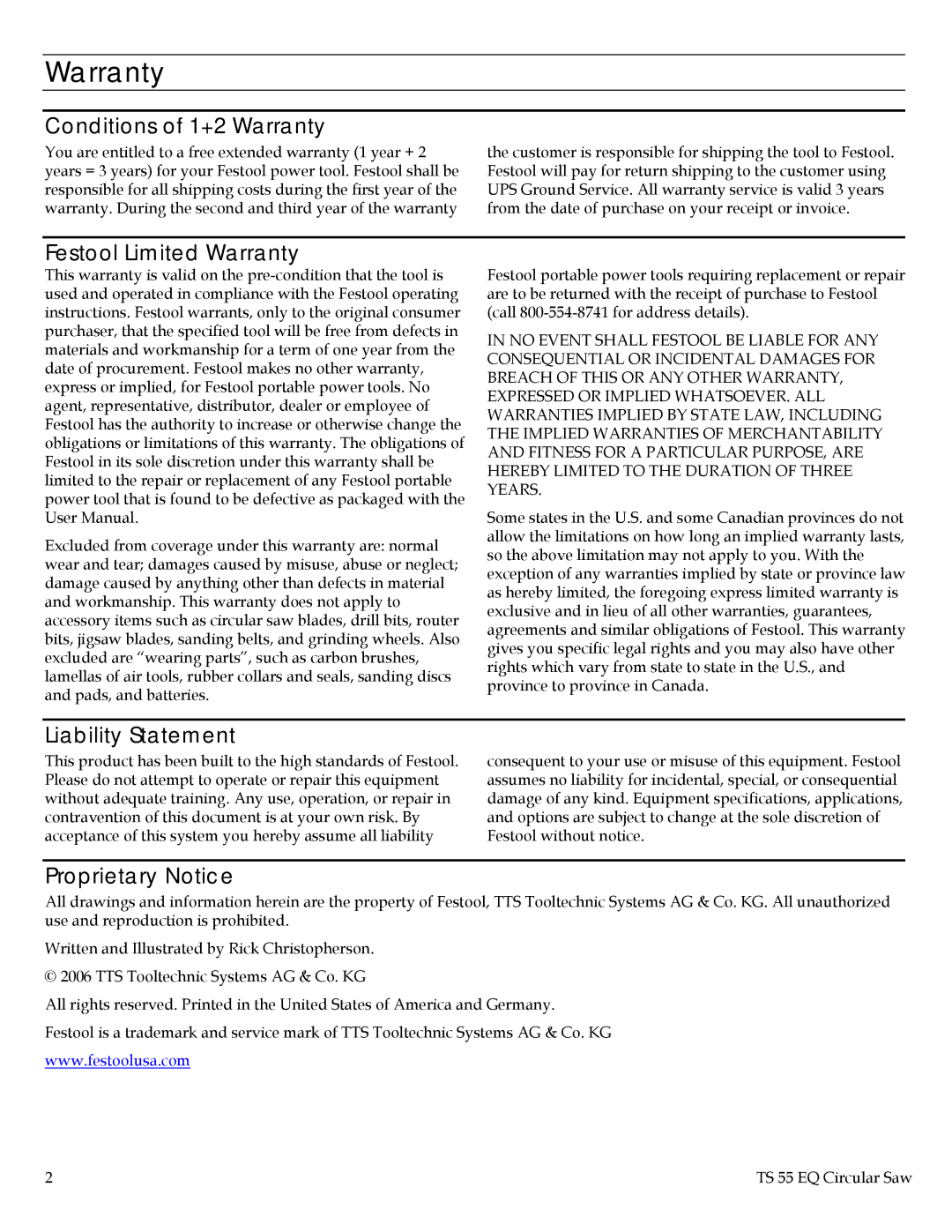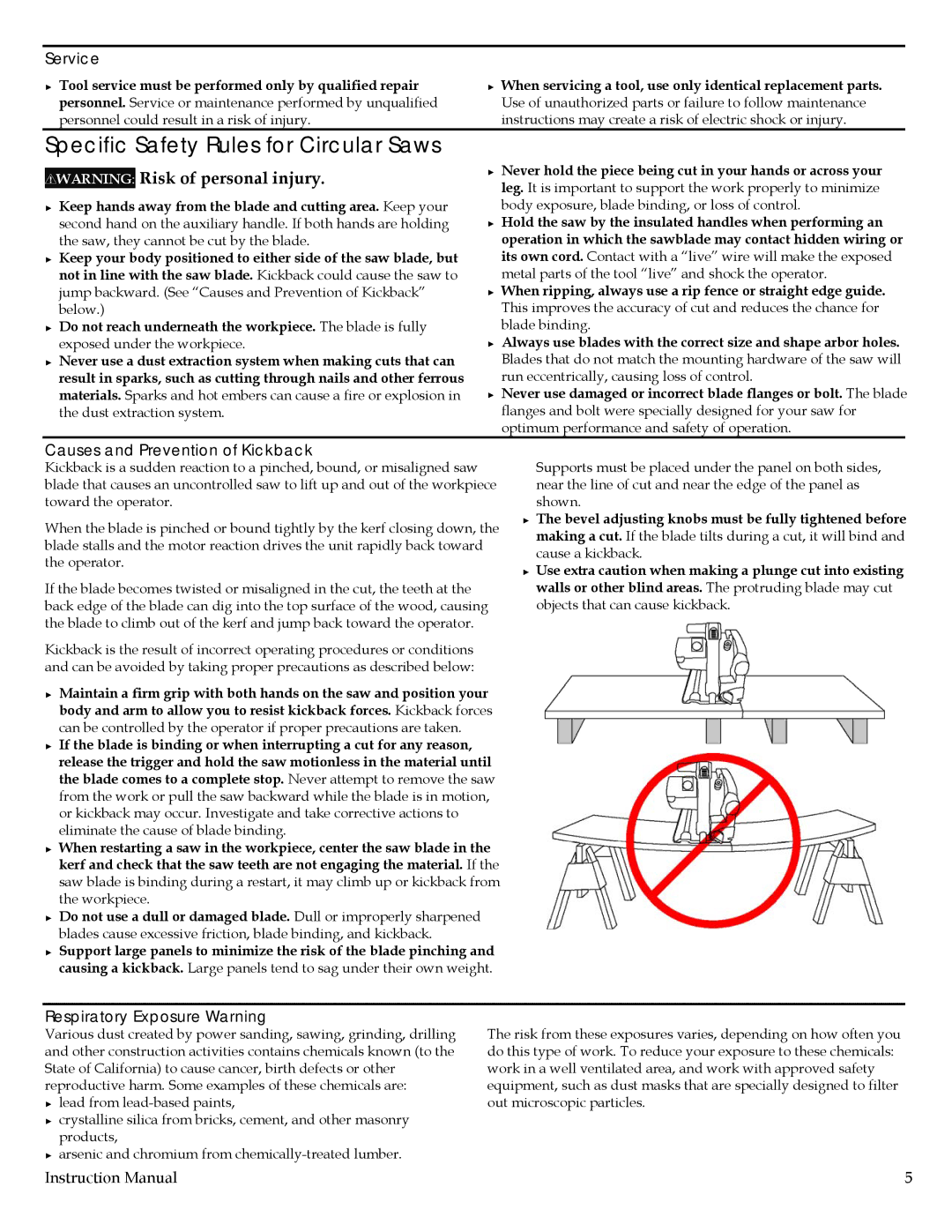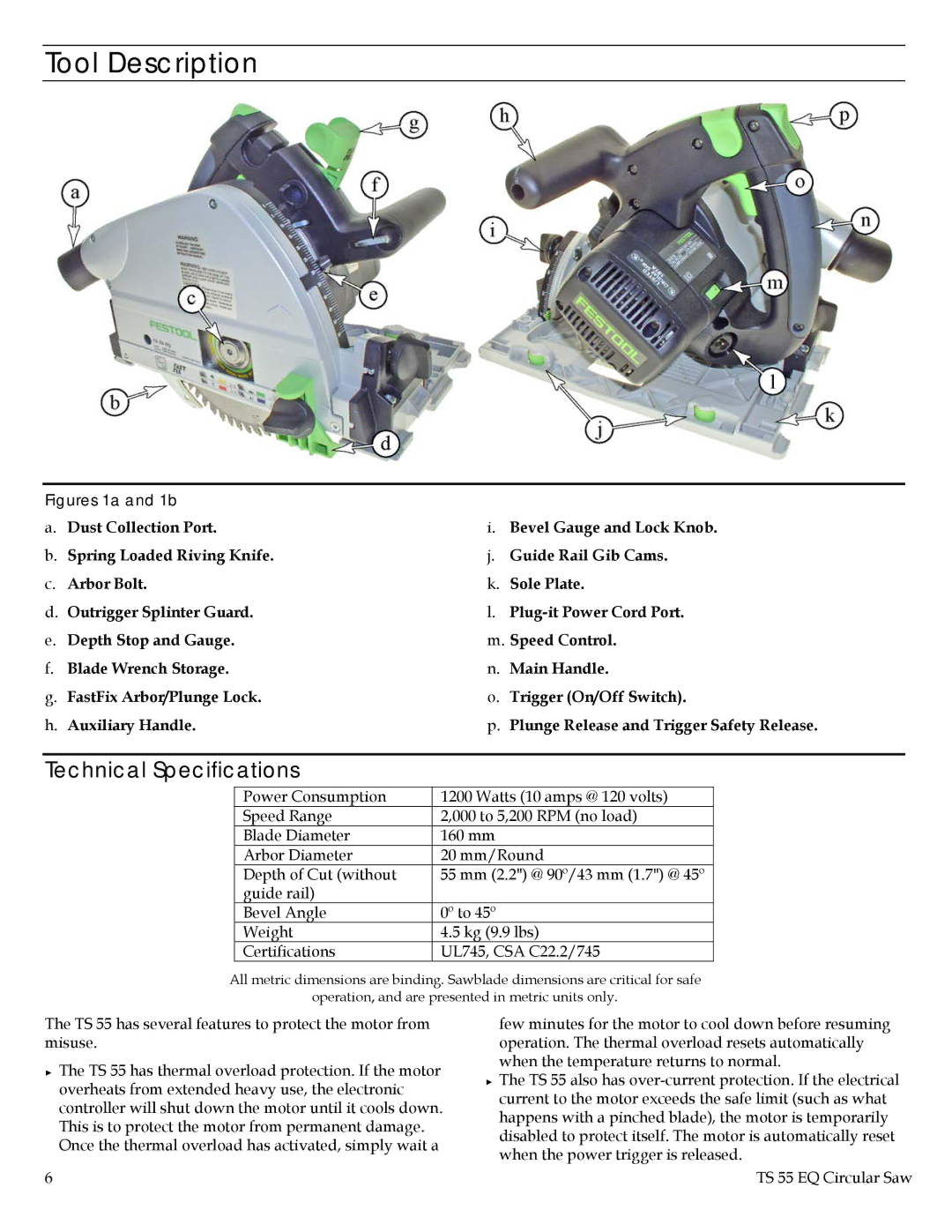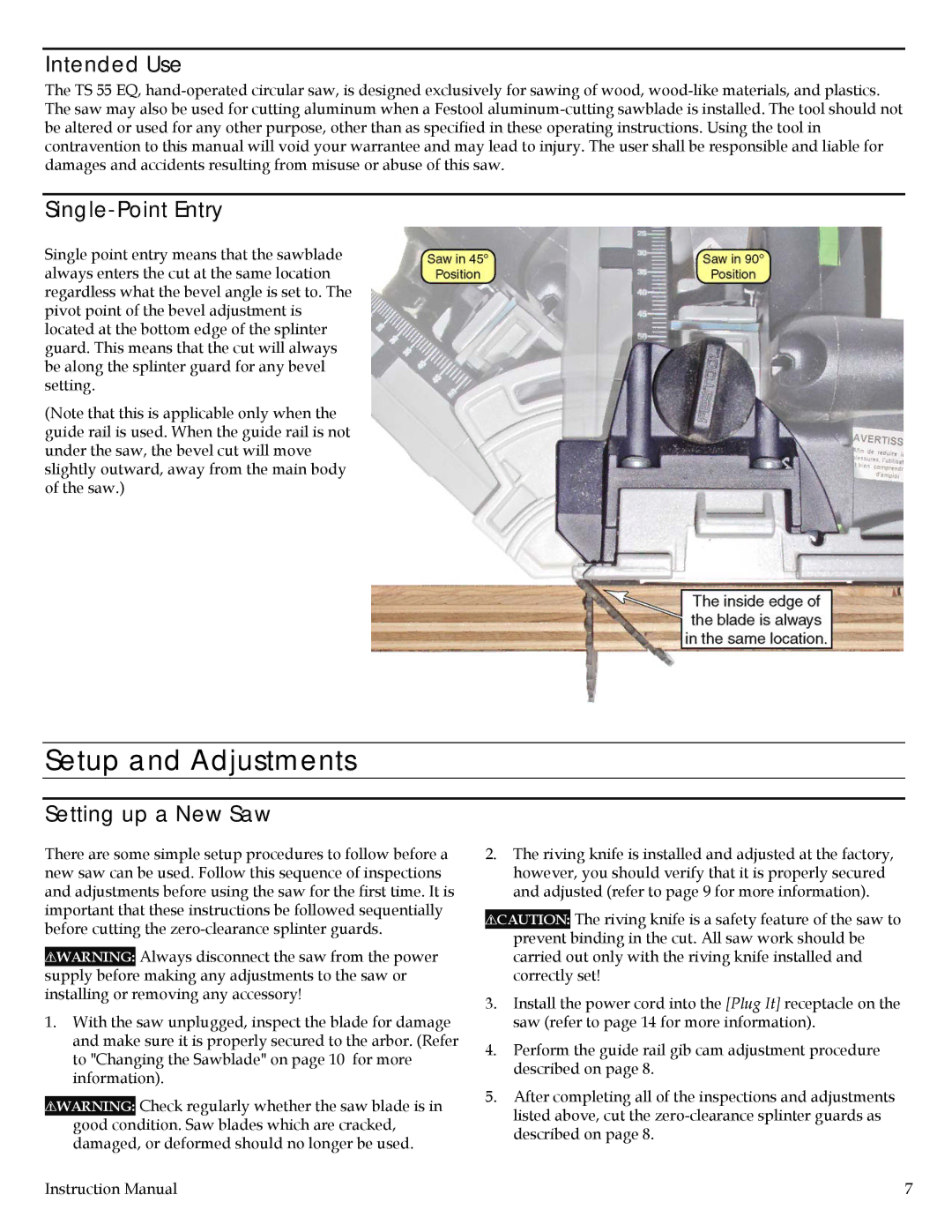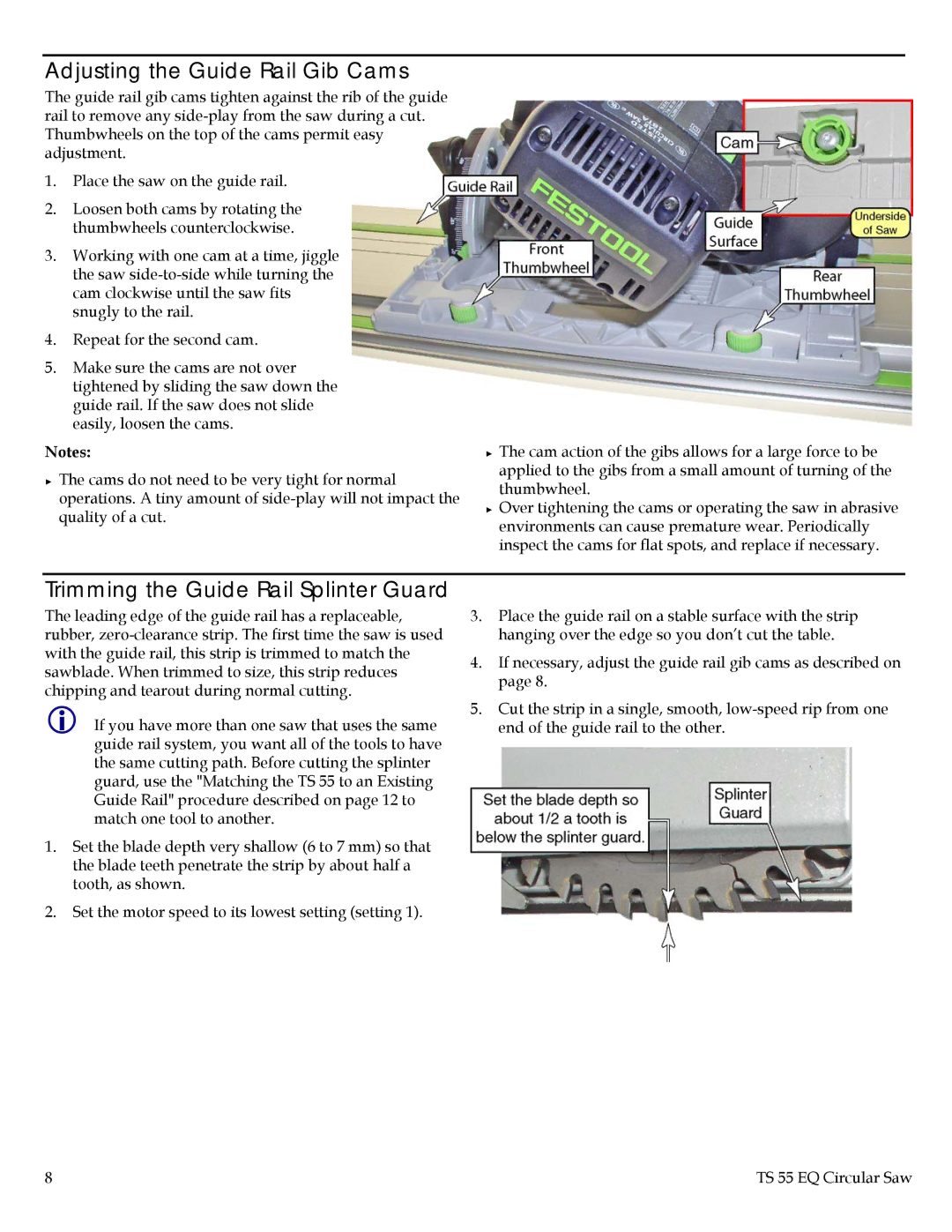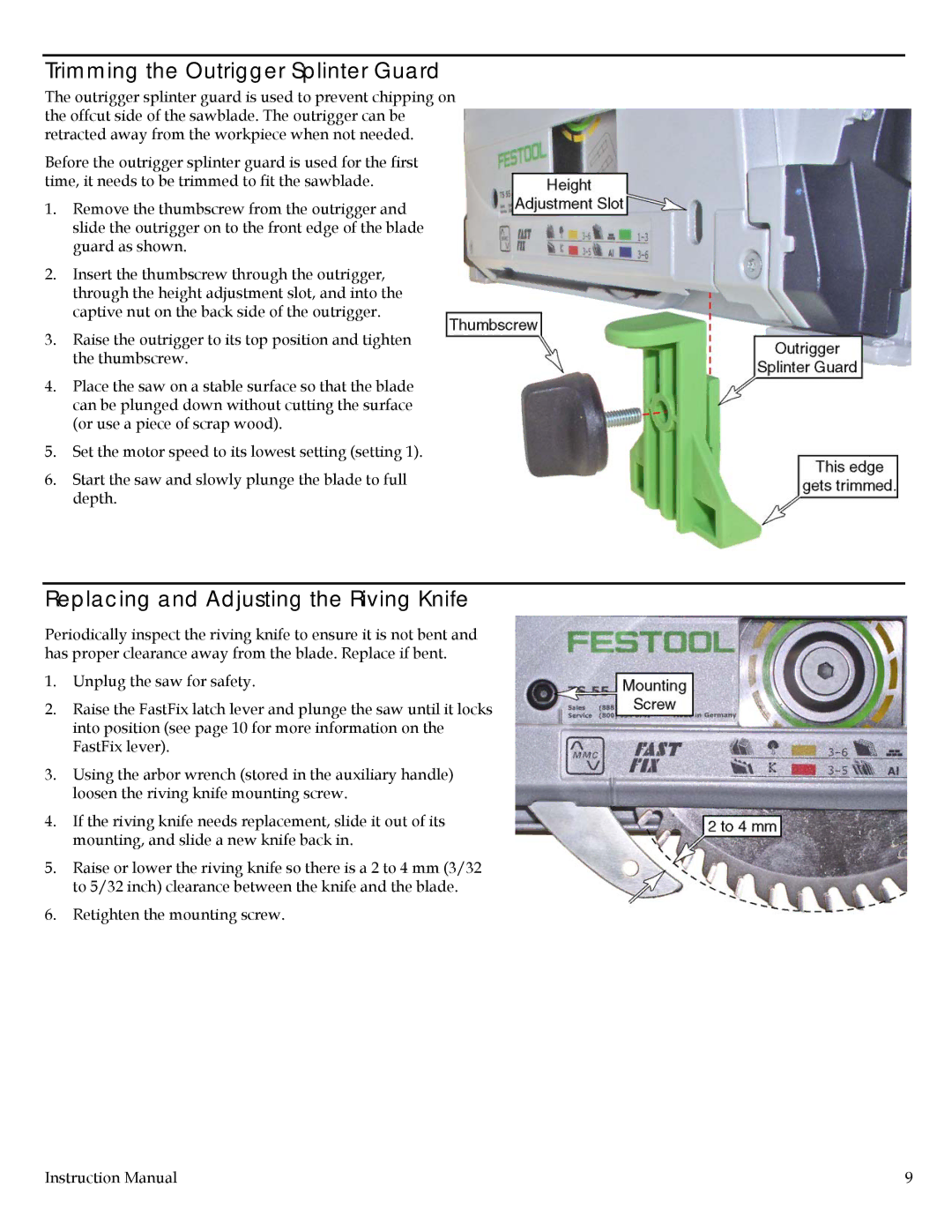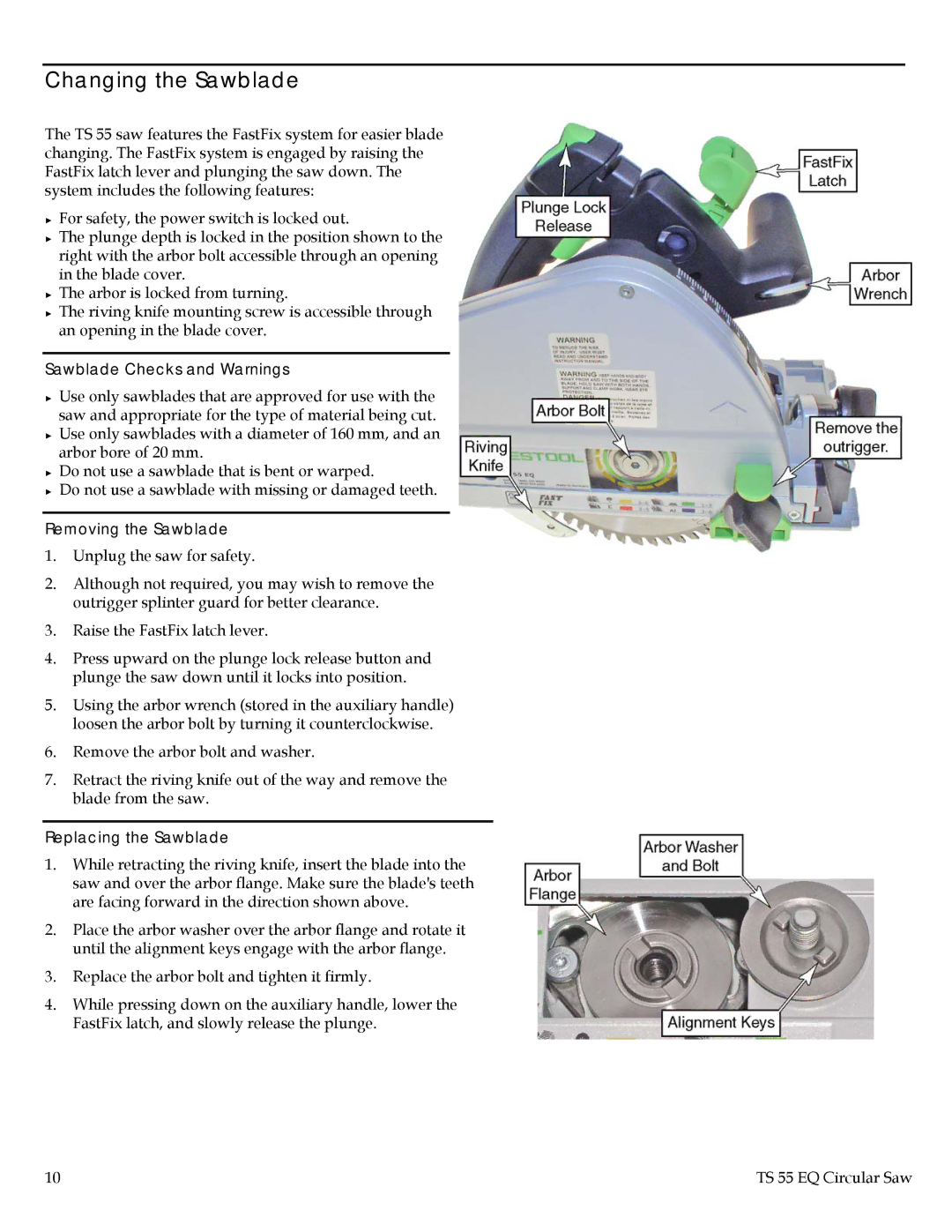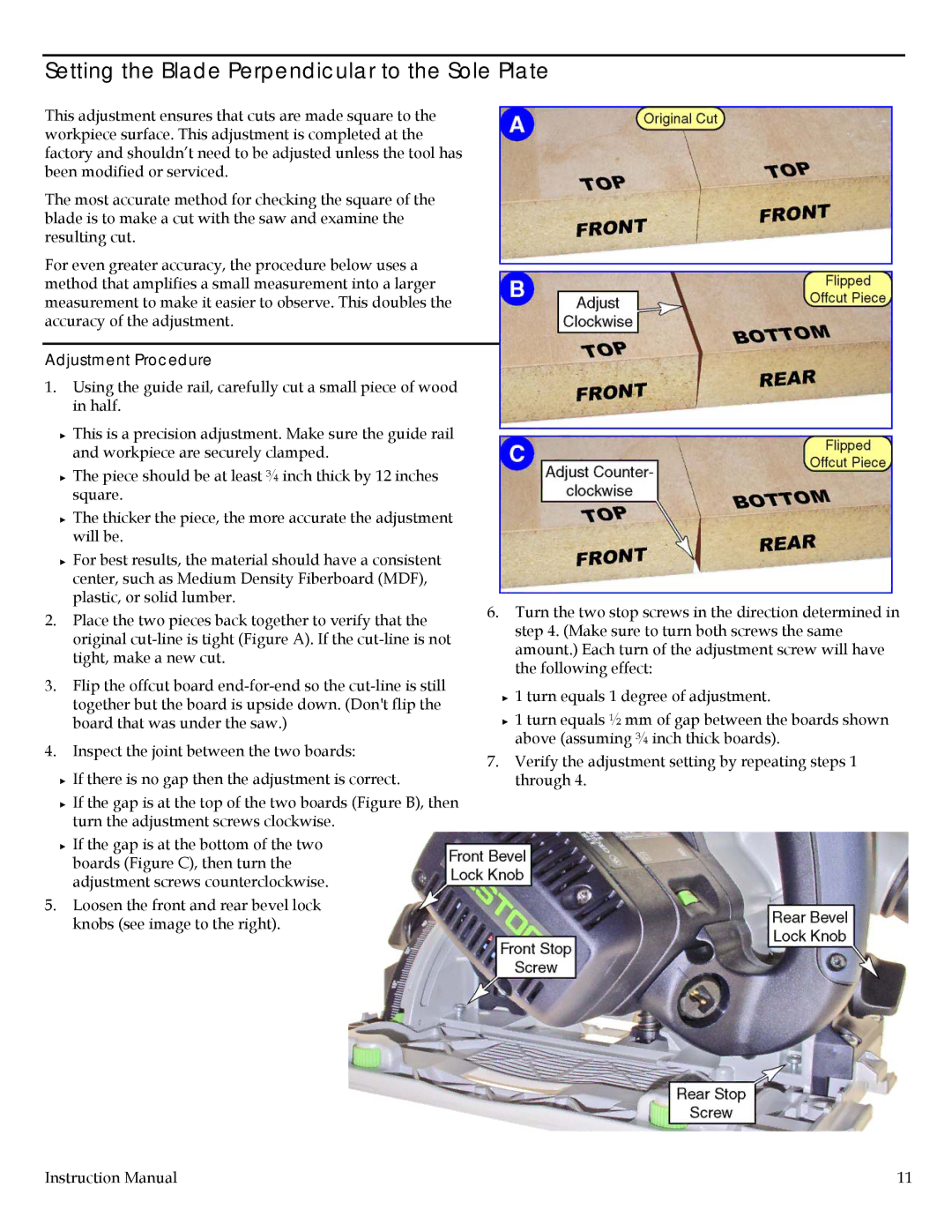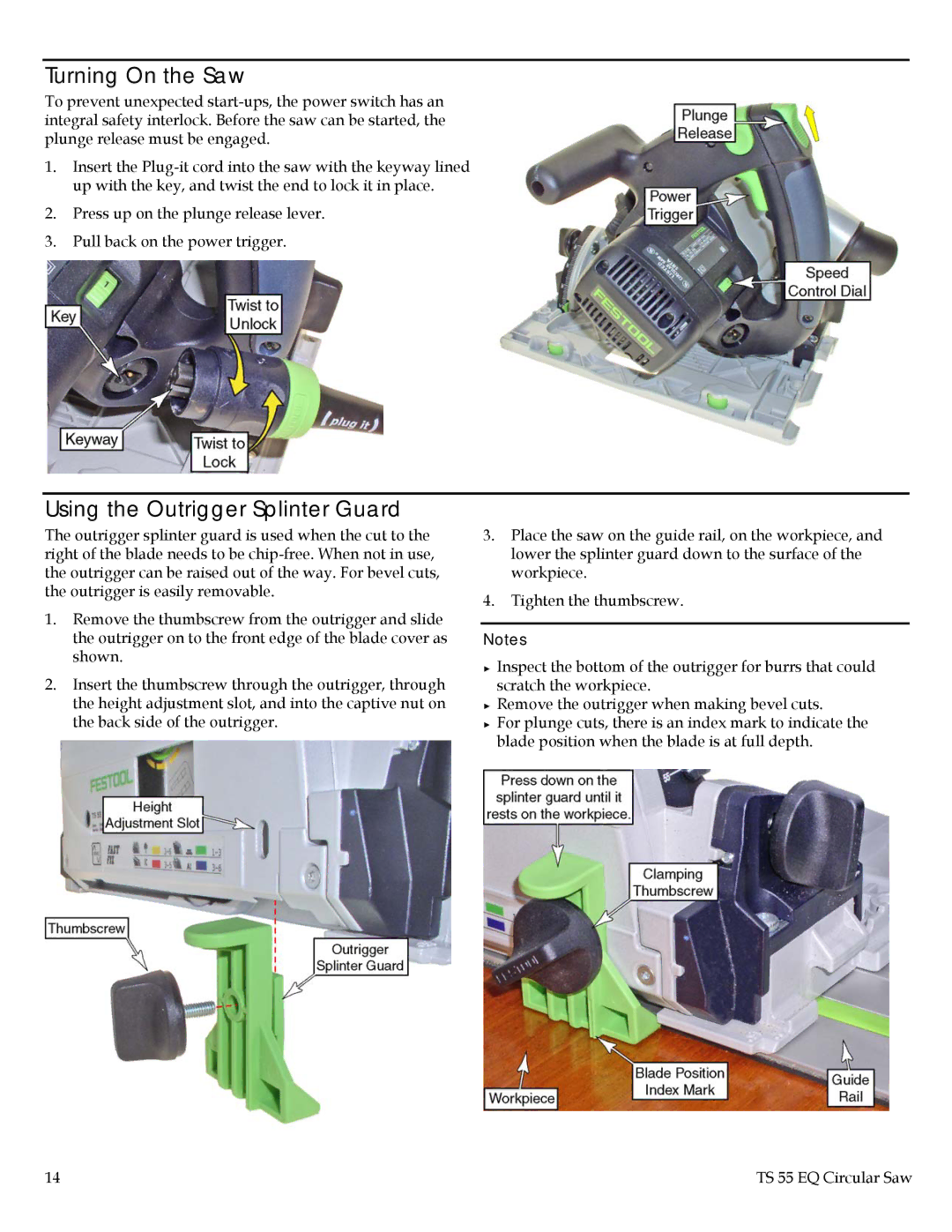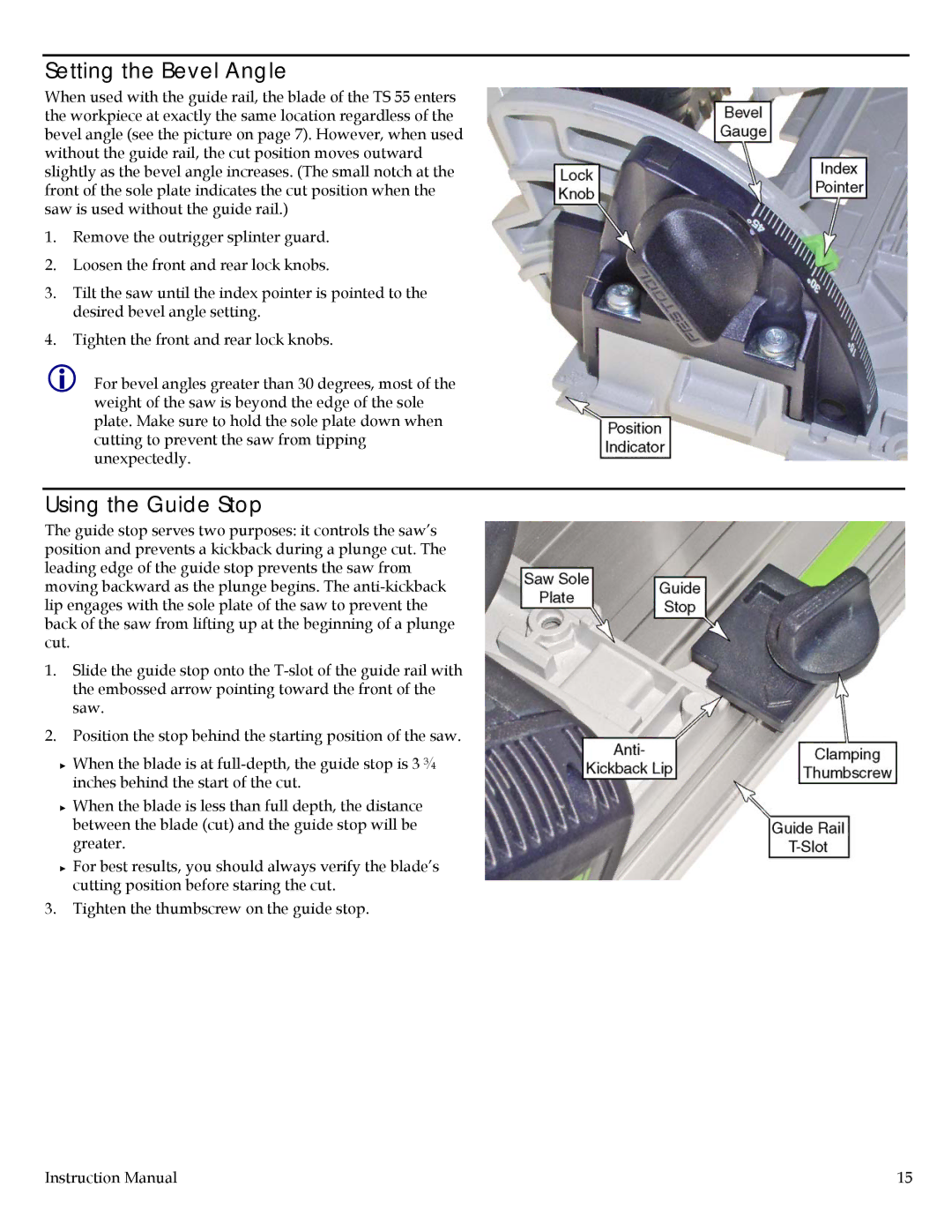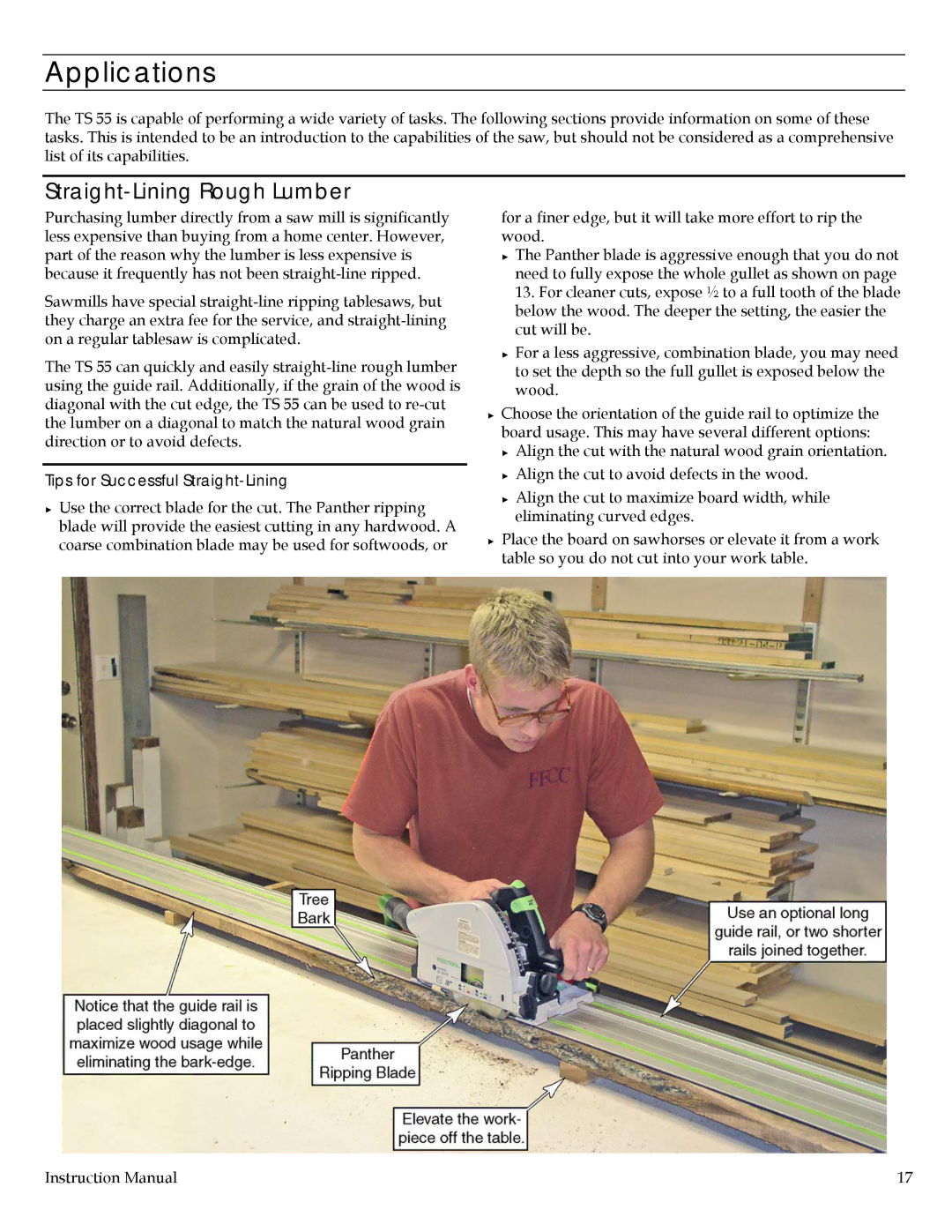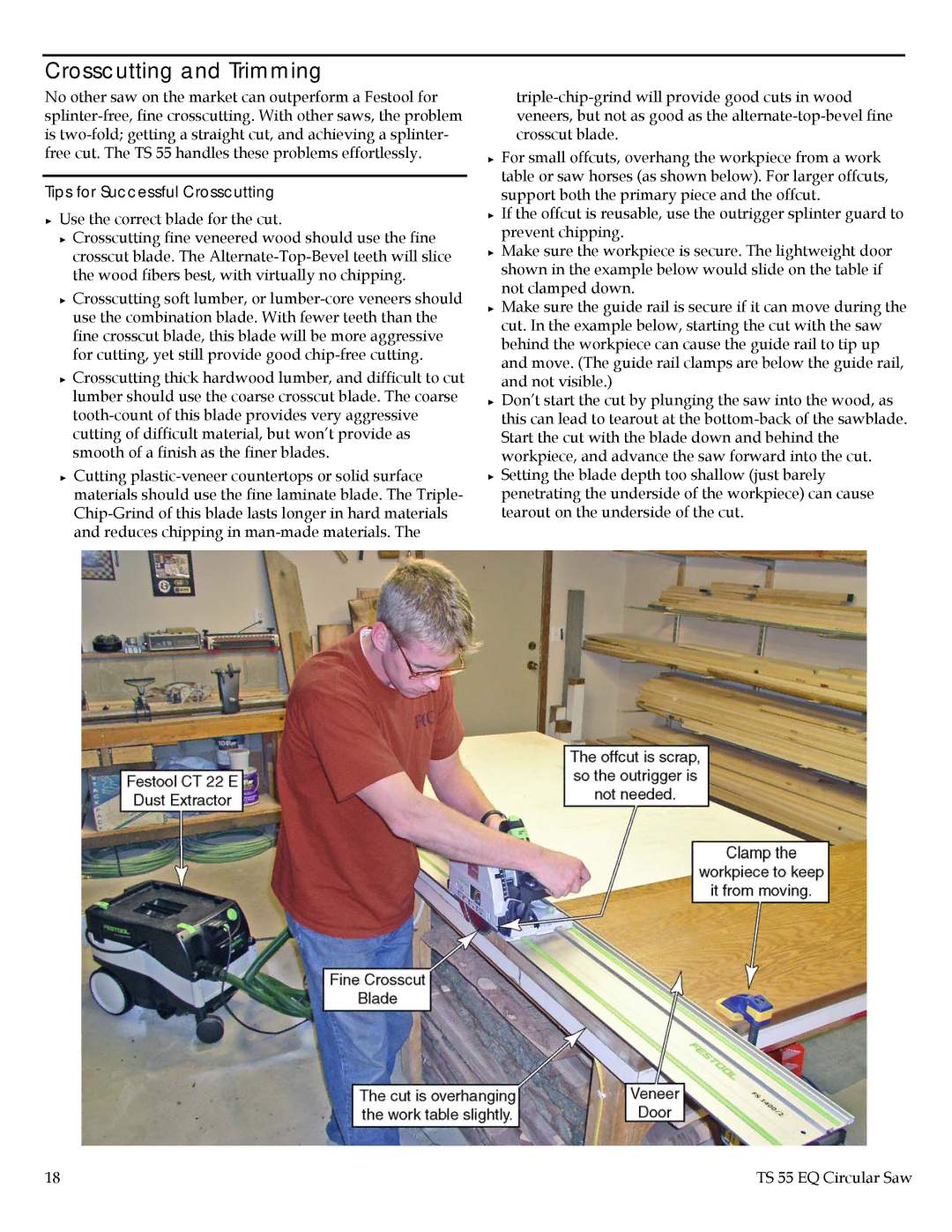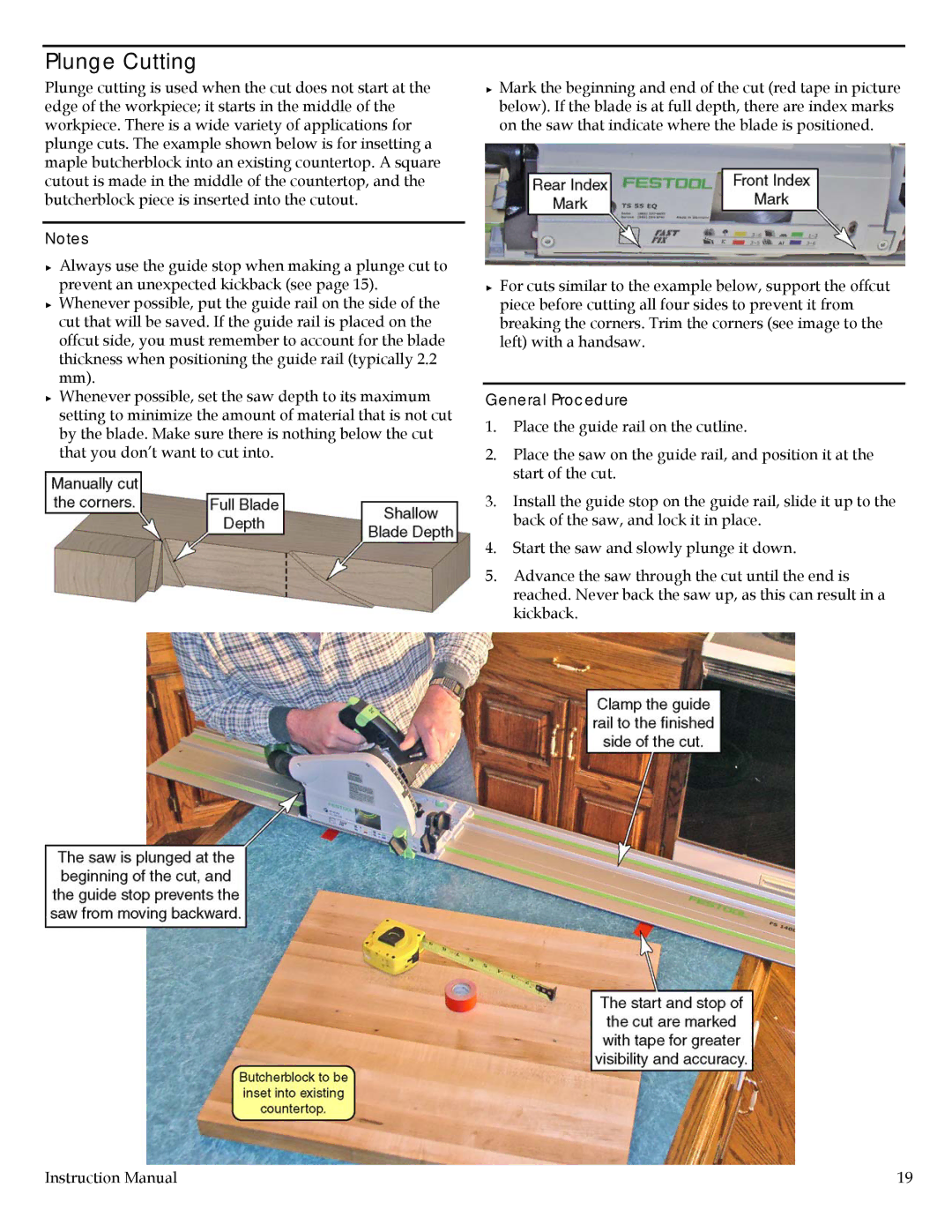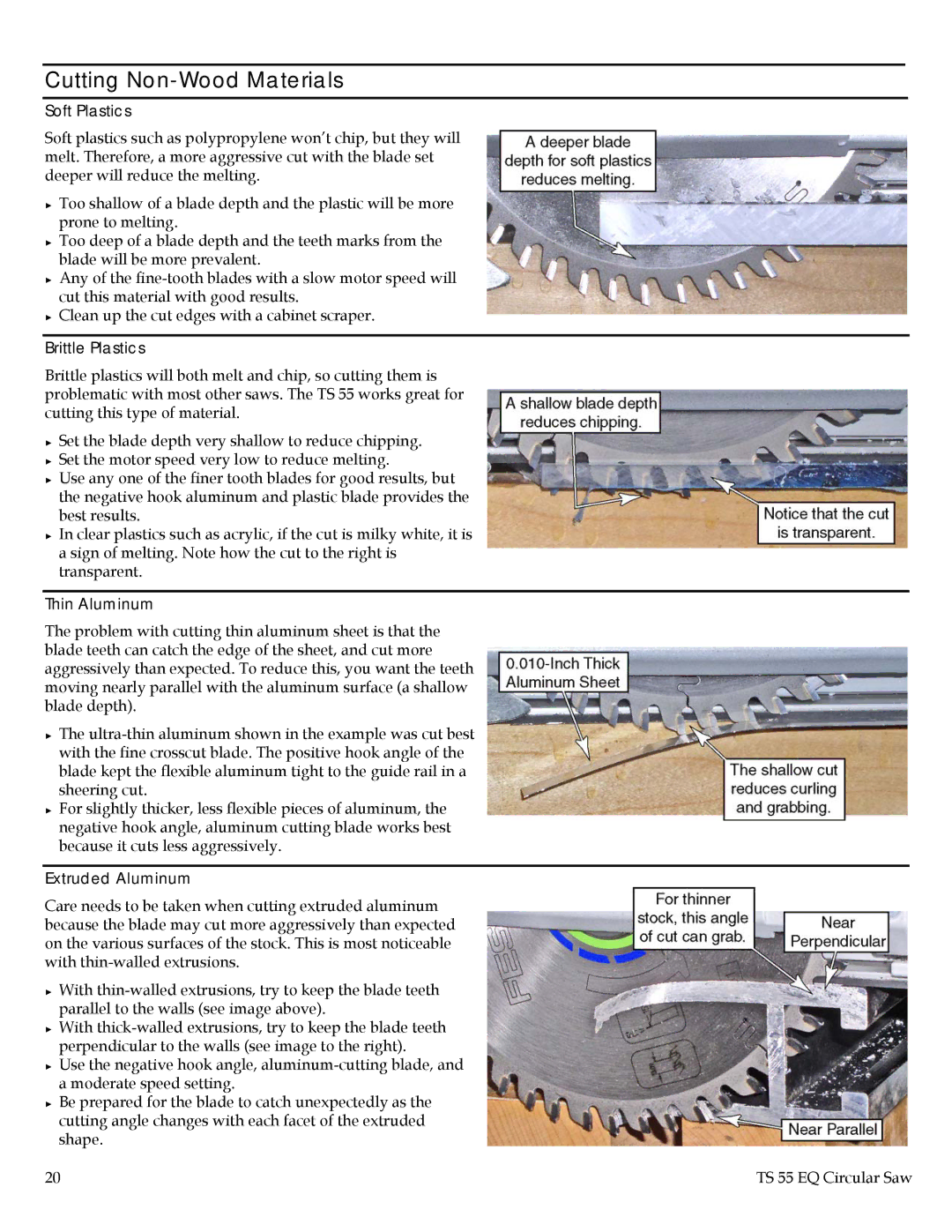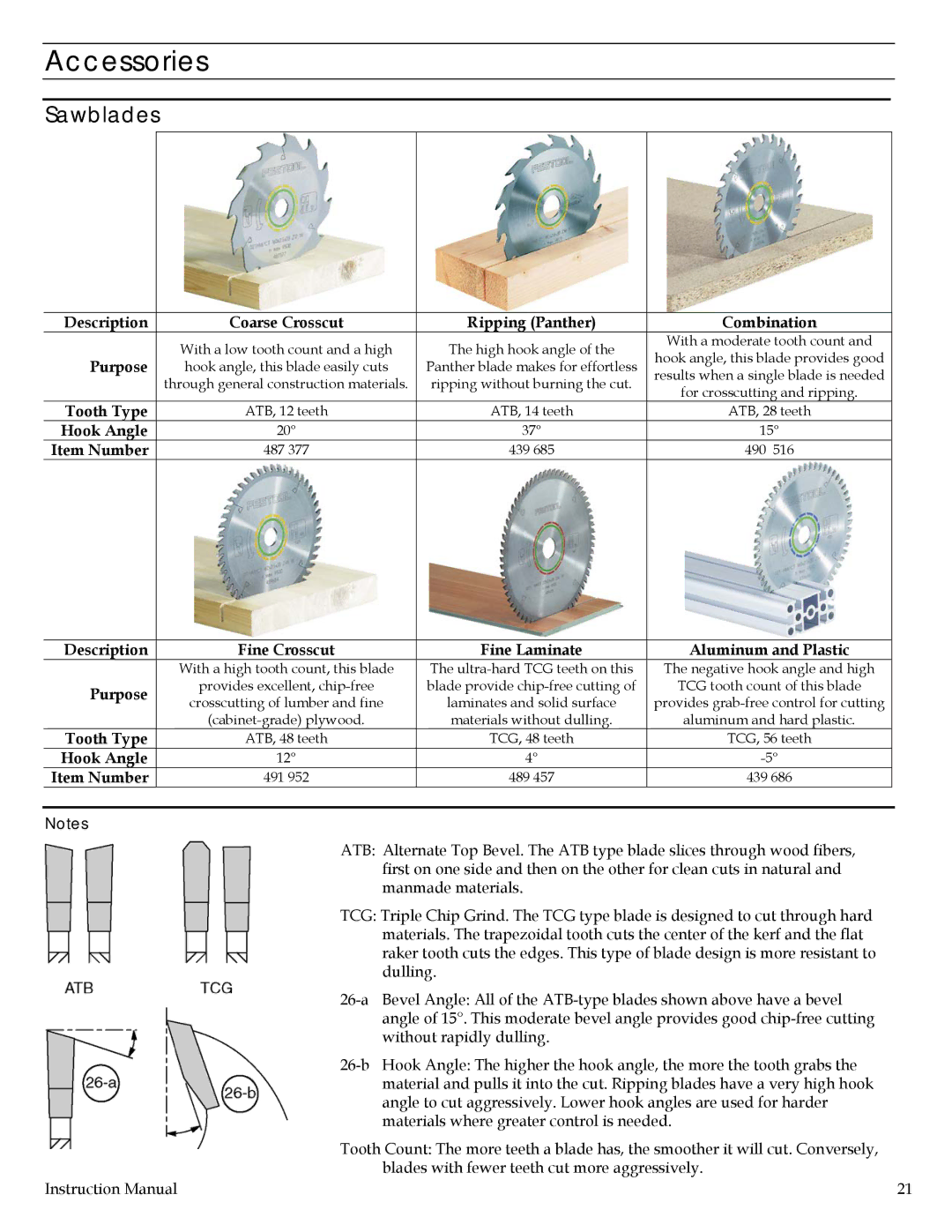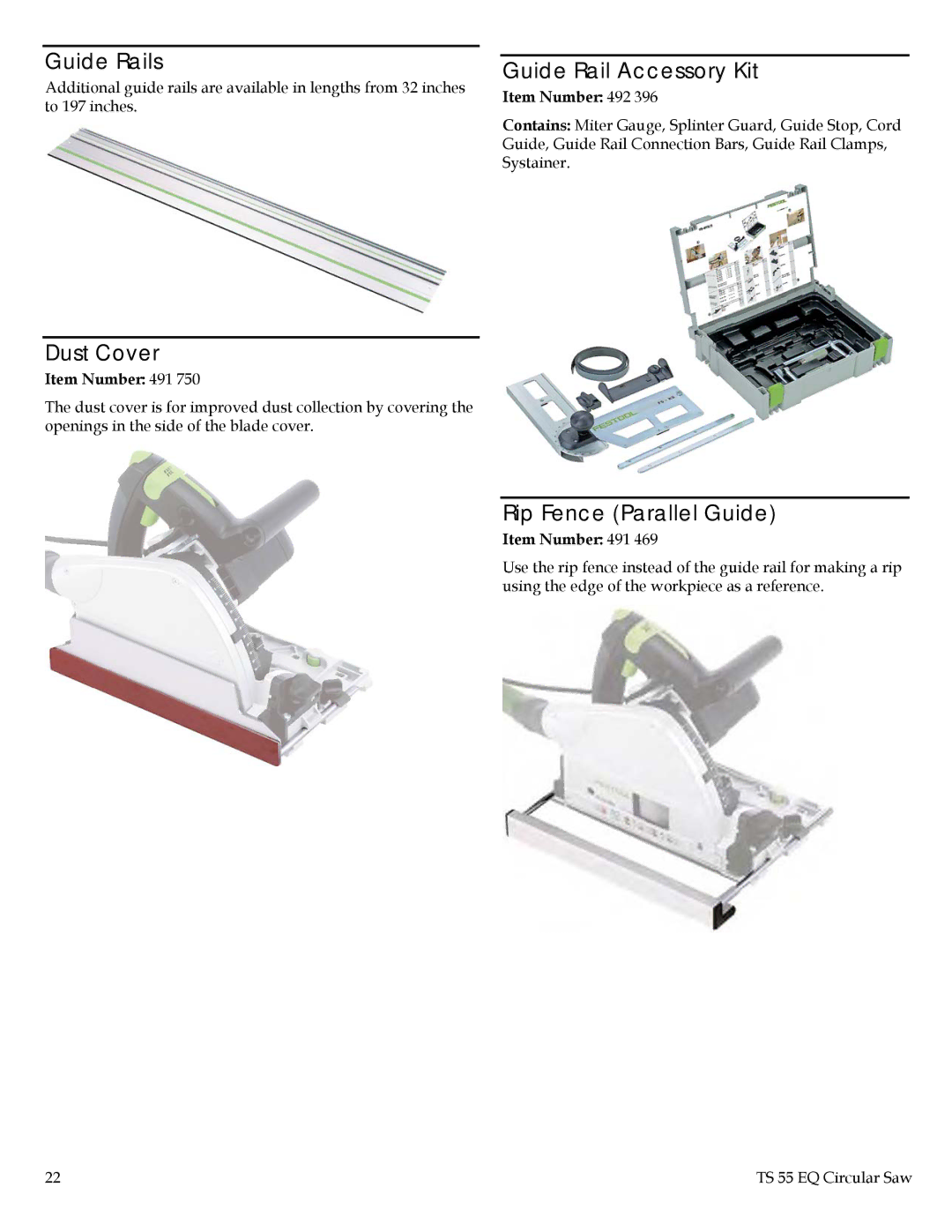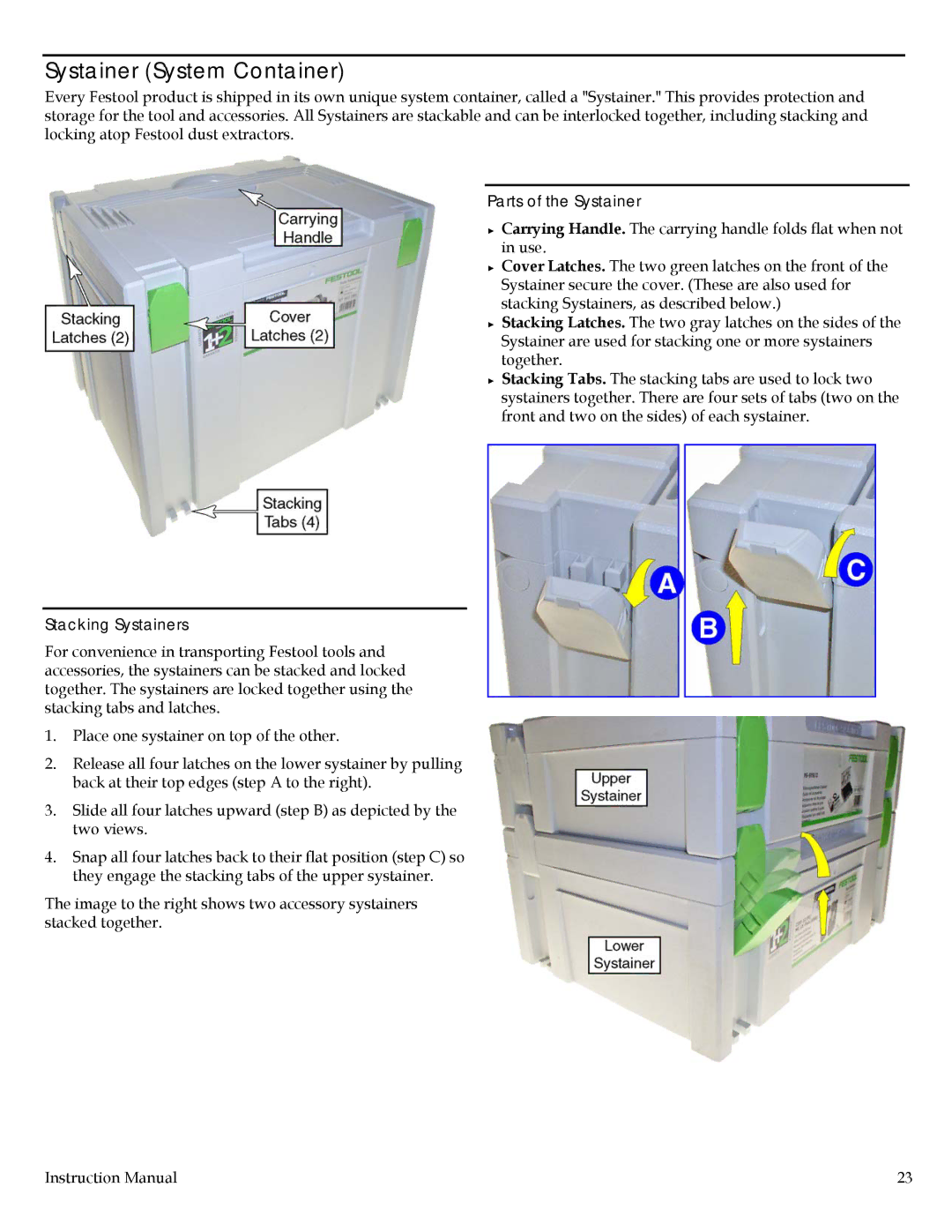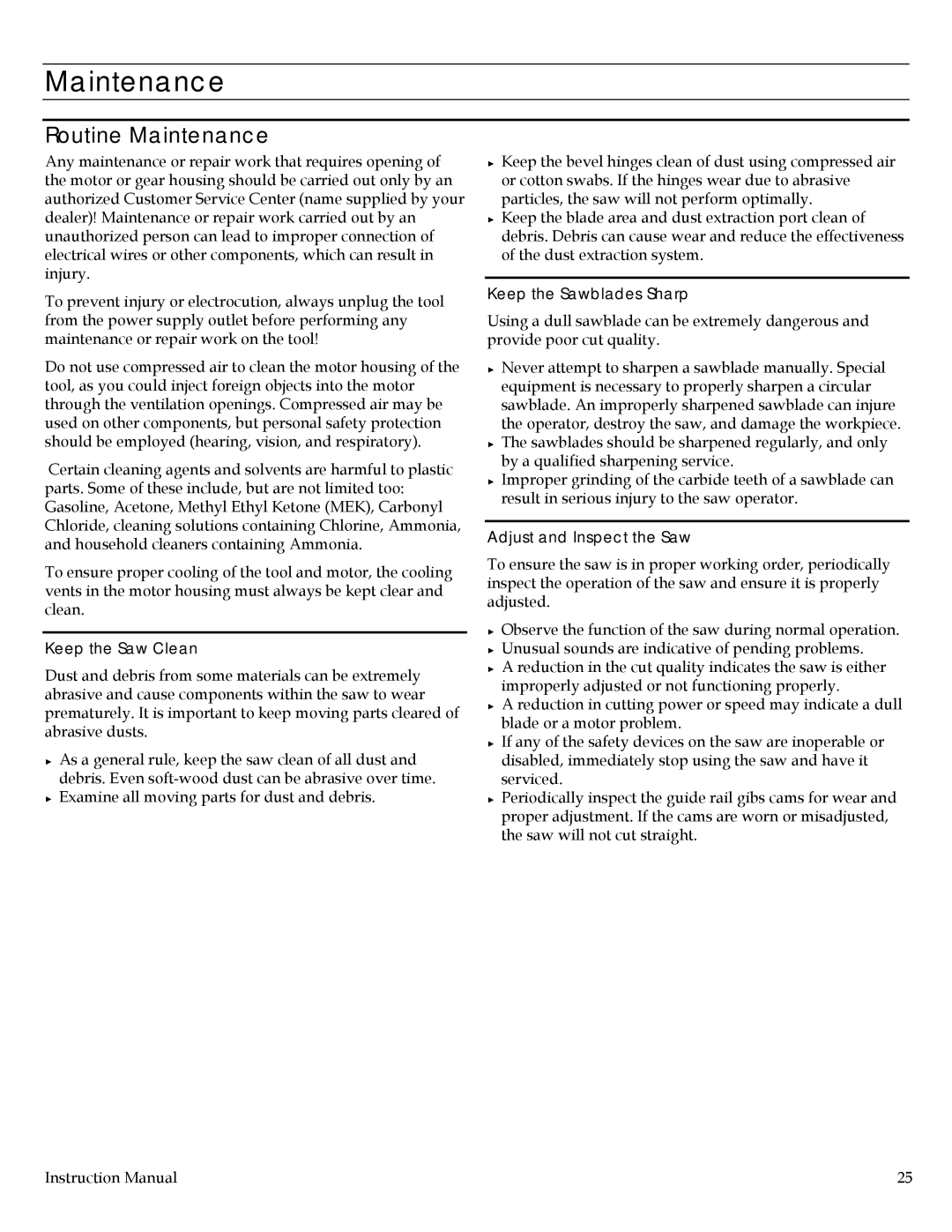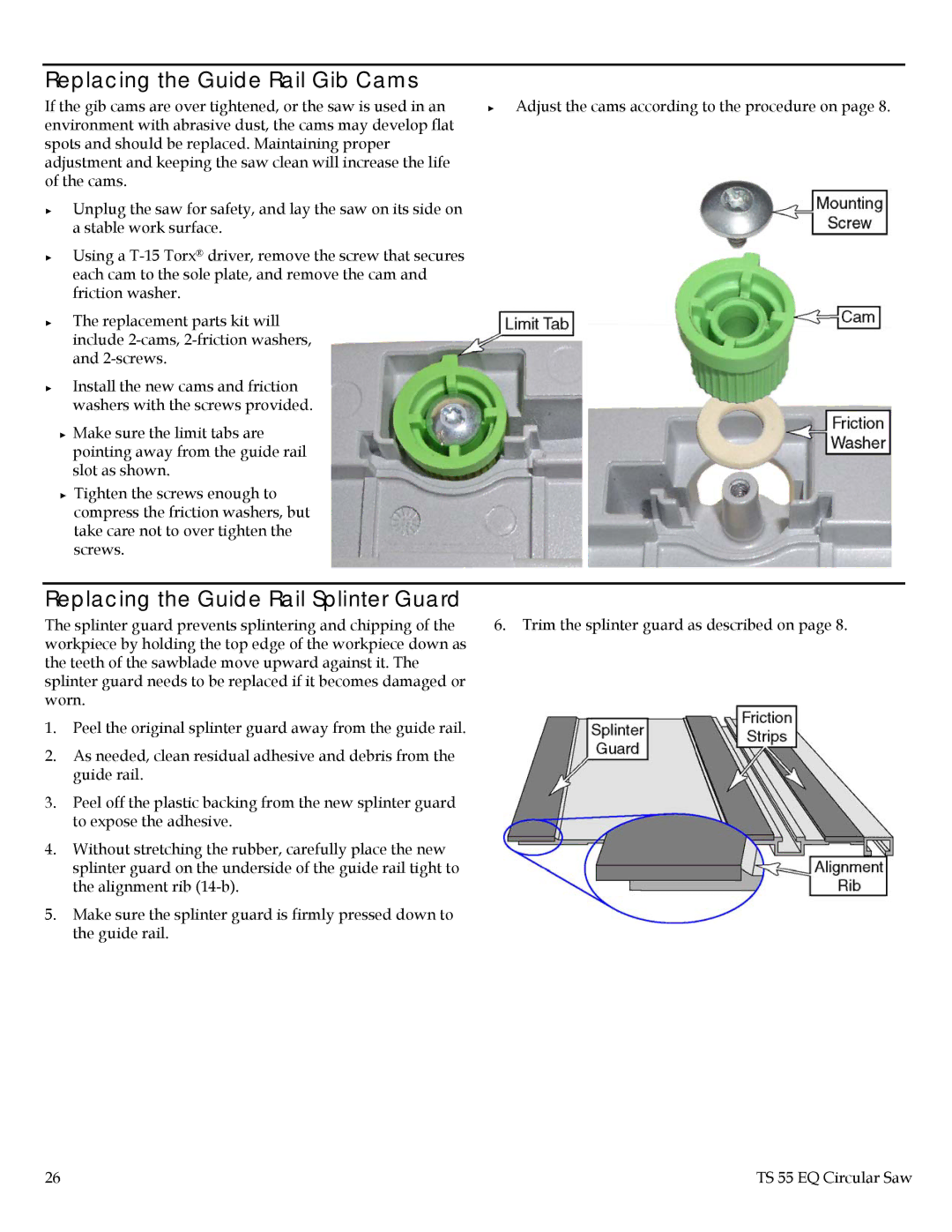PD561438, PN561438 specifications
The Festool PN561438 and PD561438 are integral components designed to enhance the functionality and overall experience of Festool's robust tool lineup. Specifically crafted for professionals and hobbyists alike, these tools exemplify precision engineering and superior build quality, characteristic of the Festool brand.The PN561438 is a versatile tool that focuses on delivering optimal performance in various applications. One of its standout features is the ability to seamlessly integrate with other Festool products, embodying their commitment to a complete system approach. This tool is particularly noted for its lightweight and ergonomic design, which enables users to operate it comfortably over extended periods. Enhanced grip zones and a balanced weight distribution contribute significantly to reducing user fatigue, making it an excellent choice for detailed and prolonged tasks.
The PD561438, meanwhile, serves as a specialized accessory that complements the PN561438. This product is constructed from high-quality materials that ensure durability and long service life, even under challenging working conditions. Its design incorporates advanced dust extraction capabilities, which not only maintain a clean workspace but also improve visibility, thereby increasing overall efficiency. The innovative filtration system reduces harmful dust particles, promoting a safer work environment.
Both the PN561438 and PD561438 prioritize user-friendliness with intuitive controls and straightforward setup, making them accessible to both novices and seasoned tradespeople. Additionally, these tools boast robust safety features that prevent accidental starts and ensure secure operation, addressing the critical aspect of user safety.
The technologies integrated into these models reflect Festool's deep commitment to advancing tool performance. The incorporation of brushless motor technology provides increased power efficiency and longevity. Furthermore, the tools feature intelligent electronics that monitor performance in real-time, adjusting power and speed based on the application at hand.
Overall, the Festool PN561438 and PD561438 stand out in a crowded market due to their exceptional engineering, user-friendly design, and commitment to professional-grade performance. Ideal for a wide range of applications, these tools embody Festool’s philosophy of innovation, quality, and efficiency, making them a valuable addition to any toolkit. Whether for woodworking, construction, or detailed crafting, these tools help elevate project outcomes to new heights.
